lease note that this page contains affiliate links. I will only ever link to products I trust and wholeheartedly recommend. Please let me know if you have any questions about anything listed below, and thank you for your support of Slice of Kitchen Life.
Food is a very emotive subject, one that allows you to engage all your senses. For a food blog, where taste, touch and smell cannot be employed, photography is a powerful tool to communicate those emotions, to make a connection.
Of all the tasks involved in running a food blog, for me photography is the most overwhelming (a very close second? Social media – can someone explain Twitter to me? Please?) There are seemingly countless new things to learn, to puzzle over, to stress about on this journey, but for me, wielding a camera successfully is the most daunting. My learning curve when it comes to food photography is pretty steep – if a curve could be vertical, mine would be.
I have to remember where I came from – just a few months ago I’d barely used a camera. I never carried a camera with me; I’m not someone who took pictures in real life. My starting point involved figuring out how to hold a twelve year old point and shoot camera, let alone how to turn it on, but each time I picked it up, I learned a little more.
Since July 2015, I have been working with the following equipment:
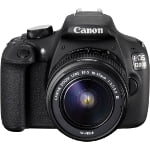
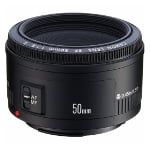
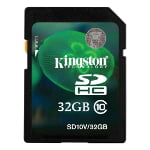
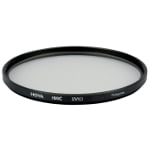
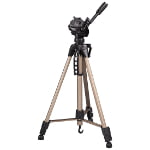
If you’re serious about improving your food photography skills, one resource I can highly recommend investing in is the Tasty Food Photography eBook by PinchofYum.com. It was the first thing I ever purchased on this food blogging journey – way before even SOKL’s domain name!
For someone whose eyes glaze over when technical terms are mentioned, Lindsay’s style of writing is very approachable (you can tell her previous career was in teaching!). Packed full of clear instructions, and practical tips, there are also plenty of well thought out photographs along with links to helpful videos to explain each point in detail.
From understanding the technical features of your camera to creating an efficient workflow, this eBook is a valuable asset for absolute beginners through to established bloggers looking to improve their food photography. A big thank you to Lindsay & Bjork from Pinch of Yum for creating this incredible resource!

